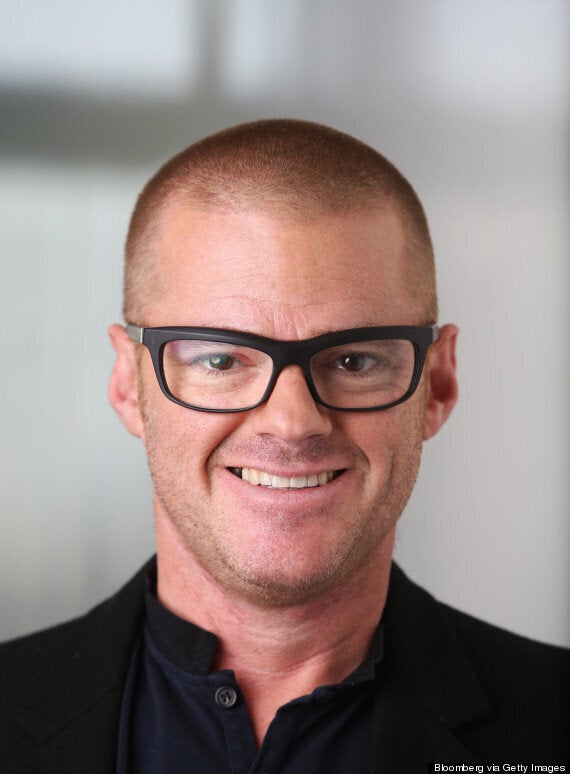Despite failing his O-Level chemistry, Heston Blumenthal is famed for his scientific approach to cooking.
From fish n' chips to sausage and mash, he's spent much of his career scouring the country (and the world) to sniff out the perfect conditions and ingredients for his renowned recipes.
So ahead of International Coffee Day, we asked the Michelin-starred chef how to make the perfect cup of coffee.
SEE ALSO:
Why You Should Drink More Coffee (As If You Needed An Excuse)
Behind The Scenes... How I Learned To Make A Great Cup Of Coffee
"At the end of the day a good cup of coffee should just be really balanced," Heston tells HuffPost UK Lifestyle. "It should be rich, fragrant and be ever-so slightly bitter. And if you going to add frothed milk, you want it to have a really creamy texture."
But when pressed (excuse the pun) it turns out there is a lot more to making coffee à la Heston. Everything from the temperature of the water to the shape of the coffee cup plays a crucial role in delivering the perfect cup of Joe.

Roast
Roasting is very important as this is where the distinct flavour of the coffee develops.
During the roasting process thousands of chemical reactions take place, the beans go from green to dark and they start to give off rich, complex, aromatic oils. Mmm.
After around three weeks the beans start to lose their complex aroma, so it is important to use freshly-roasted beans. Time to kick that half-used, six-month-old packet of coffee beans to the curb, people.
Grind
As soon as you grind the coffee beans, the aroma molecules start to escape be released into the air. So the key is to trap them as soon as possible - 30 seconds to a minute between grinding and making coffee is ideal.
The grind size also makes a difference. The coarser the grain, the less surface area of coffee for the water to pass through. This will make the water pass through too quickly, leaving the coffee insipid.
Similarly, if the grains are too fine, the coffee will be too compact. This means the water will take too long to pass through and so the coffee will be bitter. And there's nothing worse than bitter coffee.
Temperature of water
Despite what you may think, the water should be not boiling hot - 92-94 degrees centigrade is ideal.
Cup
The cup needs to be nice and thick to hold the heat in. And a good shape to hold the crema (thin layer of foam at the top of your coffee).
Try a classic coffee cups with a rounded base and one of those tiny, handles.
Of course, we're not asking you to send your coffee back if it comes in the wrong shape mug - this could result in coffee laced with barista spit. And nobody wants that.
Milk
When frothing milk, be careful not to overheat it. This could scorch some of the sugars and proteins and milk becomes bitter. And then you got to get the foam right, then you have one of these dry foams coffees that when you sip the coffee you just sip the coffee from underneath the froth.
Heston's own range of kitchen appliances, including a coffee machine, is called Sage Appliances.